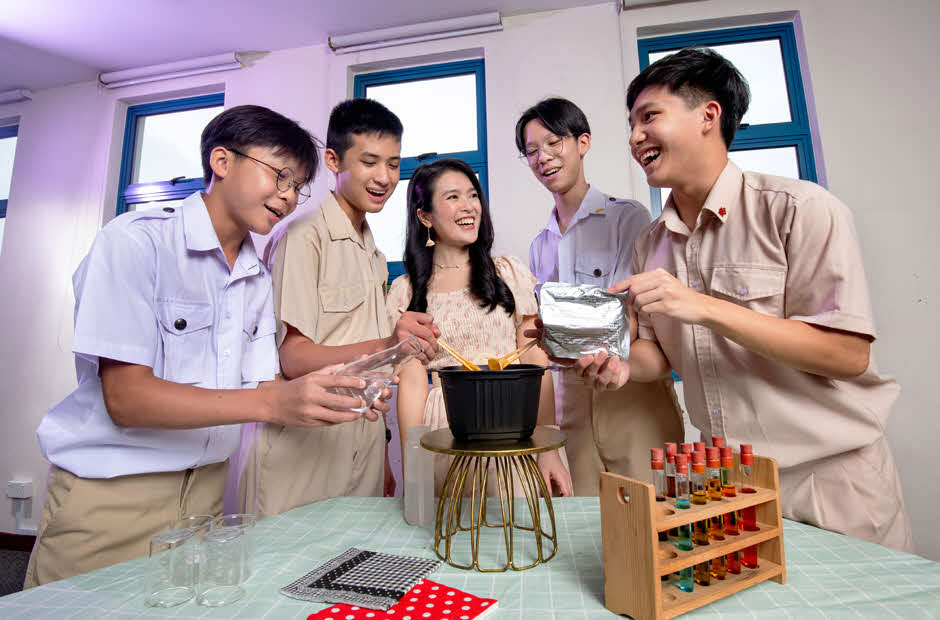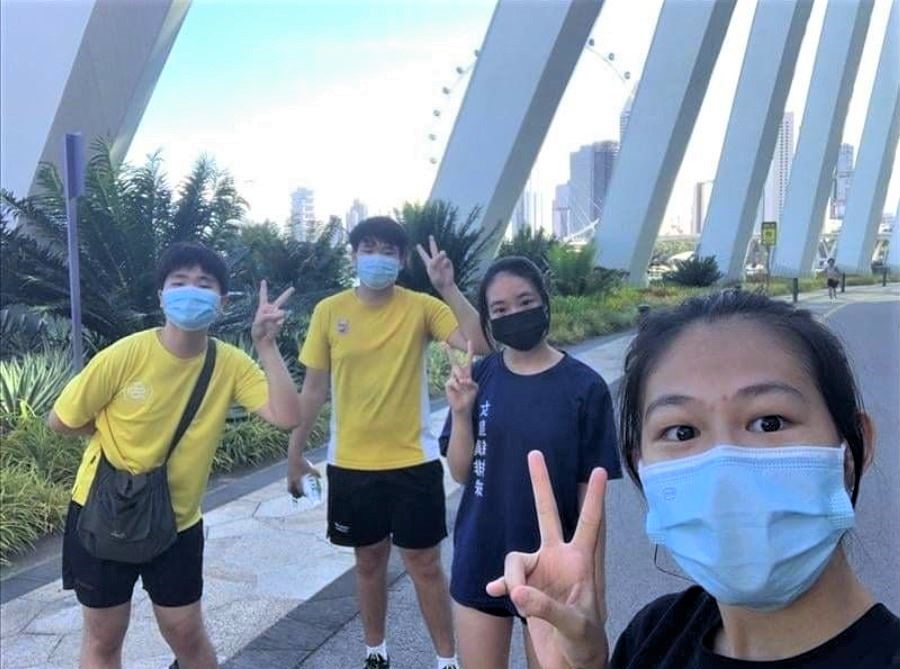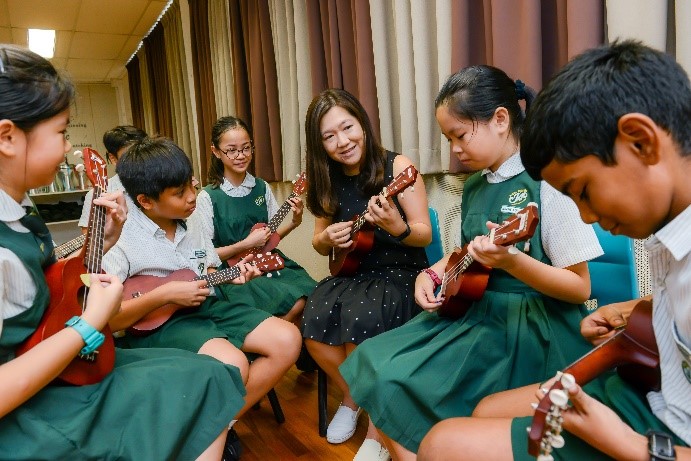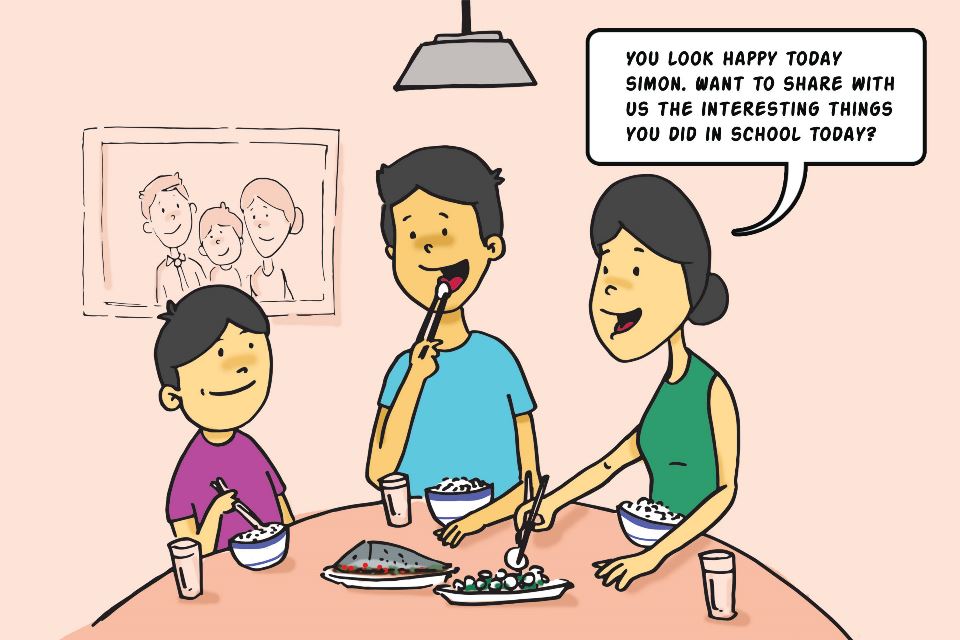A teaching win for me is… when students see there is more to life than good grades.
One evening, I was alerted to John (not his real name), a student who had run away from home. I raced to find him.
John had failed a few weighted assessments and faced the possibility of not being able to advance to the next level of study. He felt disheartened that his hard work hadn’t seemed to pay off and his confidence was shaken. I reassured him, saying, “Do you know how proud I am of you?” I had seen him helping others, often at his own expense, and his advocacy for causes he believes in. He was also thriving in his co-curricular activity of robotics, and was good at photography – he shares tips with his peers through hands-on tutorials. These all count for something, about his character and abilities, and he should not define himself only by his grades.
I began one-on-one mentoring sessions with John to change his mindset about himself and to identify the obstacles he was facing.
I encouraged him to be compassionate to himself and to embrace his strengths. Over time, he was able to better manage his negative thoughts and eventually progressed to junior college.
This focus on self-compassion is also embedded in the way I design classroom experiences like gratitude practices and in the Chemistry notes for my students, which incorporate positive and reflective prompts such as “What did I do right?” and “What do I need to do to improve?”
An effective teaching approach for me is…working through my students’ stomach.
Through my years as a teacher, I’ve come to understand one constant about teenage boys: They’re always hungry. To satisfy their appetites, I provide them with snacks (after checking for any food allergies they may have), but none are as cherished as my home-made chocolate chip cookies. While many students have requested my recipe, I choose not to share it. Instead, I encourage them to see baking as a form of chemistry and challenge them to discover the ideal ratio of white to brown sugar, butter, and oil on their own. After all, I often remind my students, “Chem Is Try”.
During one Chemistry lesson, I hosted a unique mala party using disposable self-heating hotpots bought from the supermarket. The star of the show was the exothermic reaction between the packet of calcium oxide included with the pot and the water that the students added. By feeling the heat released during the reaction, students connected the theory of energy transformation to real-world applications.
Surrounding their bowls of piping hot mala soup, the students formed groups to explore the connection between what they saw (temperature changes) and what happens at the microscopic level (molecules moving). We could have learned about the amount of heat involved in a chemical reaction in other ways, but I believe that learning of scientific concepts should be experiential and memorable. Chemistry continues to improve daily living experiences and I hoped that these sessions could serve as entrepreneurial triggers.
They then presented their findings as though they were teachers, while I played the student asking tough questions, to really sink their teeth into the material and think critically.
A project I find meaningful is… organising Appreciation Month for the non-teaching staff.
As the High School Students’ Council mentor, I hope to nurture thoughtful student leaders. Together with the student councillors, we turned a one-day event into what we now call Appreciation Month.
I wanted the students to move away from showing cursory acts of appreciation and dive deeper into understanding how the executive and administrative staff (EAS) work.

For instance, I arranged for my student councillors to interview the staff from the Science Lab, Estate and Security departments. They then turned part of this interview into a multi-part video series to spread awareness of the unique work done by these unsung heroes.
The student councillors also crafted and facilitated six game-based Character and Citizenship Education (CCE) packages for the whole school. Through “Who’s that EAS?” quizzes and role-playing real-life scenarios shared by the staff during the interviews, students learnt the names of the non-teaching staff and practised perspective-taking while developing a greater appreciation for the complexity of the work needed to run a school.
In collaboration with the Values-in-Action council, lower secondary students also experienced “a day in the life” of various school staff including the gardeners and lab technicians through a clean-up activity. The event’s finale was a lunch, highlighted by music performances, along with entertaining game shows, all hosted by our students. An administrative staff shared that the students’ efforts made her feel seen and respected.
Seeing how my student councillors lived out the school value of 饮水思源 (remembering our roots and honouring our benefactors), in the midst of taking school tests and competing at the National School Games, brought me much joy and pride.






